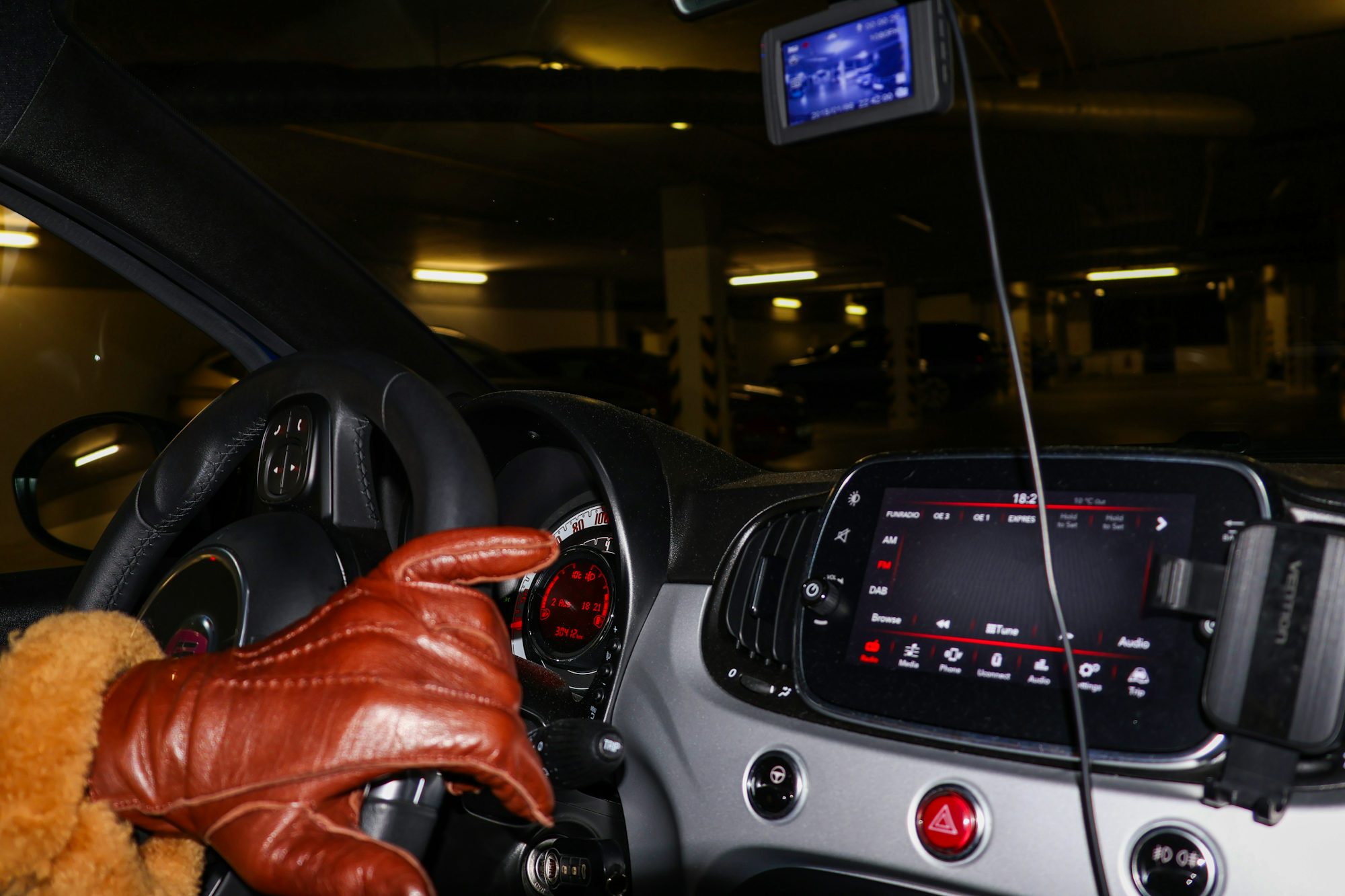Connected cars utilize internet connectivity and advanced sensors to gather and share data with other vehicles, infrastructure, and cloud services. This real-time communication enhances the driving experience and enables features that were previously unimaginable. From navigation and traffic management to in-vehicle entertainment and remote diagnostics, the capabilities of connected cars are continually expanding.
One of the most significant advantages of connected cars is improved safety. With vehicle-to-vehicle (V2V) and vehicle-to-infrastructure (V2I) communication, connected vehicles can exchange information about road conditions, traffic signals, and potential hazards. For instance, if a connected car detects sudden braking ahead, it can alert other vehicles in the vicinity, allowing drivers to take precautionary measures and reducing the risk of accidents. This collaborative approach to driving represents a paradigm shift in road safety, with the potential to significantly decrease the number of traffic-related incidents.
Moreover, connected cars can provide valuable data that helps cities and municipalities improve infrastructure and traffic management. By analyzing patterns of vehicle movement, local governments can make informed decisions about road maintenance, traffic signal timing, and congestion alleviation strategies. This data-driven approach not only enhances urban planning but also contributes to creating smarter, more efficient cities.
In addition to safety and infrastructure benefits, connected cars offer a range of convenience features that enhance the overall driving experience. With advanced infotainment systems, drivers can access navigation, music streaming, and communication applications seamlessly. Voice-activated controls allow for hands-free operation, ensuring that drivers remain focused on the road while staying connected to the digital world.
Connected cars also enable over-the-air (OTA) software updates, which allow manufacturers to enhance vehicle performance and security without requiring a trip to the dealership. This capability not only improves the longevity and reliability of vehicles but also ensures that drivers have access to the latest features and security patches, contributing to a more satisfying ownership experience.
However, the rise of connected cars is not without challenges. One of the primary concerns revolves around cybersecurity. As vehicles become more connected, they also become more vulnerable to cyberattacks. Protecting sensitive data and ensuring the integrity of vehicle systems is crucial. Automakers must invest in robust cybersecurity measures to safeguard their vehicles and maintain consumer trust. This involves continuous monitoring, regular updates, and collaboration with cybersecurity experts to address emerging threats.
Privacy is another significant concern in the realm of connected cars. As vehicles collect and transmit vast amounts of data, questions arise regarding who owns this data and how it is used. Manufacturers must establish transparent data policies and obtain explicit consent from drivers regarding data collection and sharing practices. Striking a balance between innovation and consumer privacy is essential to foster trust and ensure the responsible use of connected car technology.
The automotive industry is also experiencing a shift in business models due to the rise of connected cars. Traditional car ownership is evolving, with many consumers exploring alternatives such as car-sharing and subscription services. Connected vehicles can facilitate these models by providing real-time availability and usage data, enabling more efficient fleet management. As a result, automakers are increasingly focusing on developing platforms that support various mobility services, positioning themselves as providers of holistic transportation solutions rather than just manufacturers of vehicles.
Looking ahead, the future of connected cars is promising, with numerous advancements on the horizon. As technology continues to evolve, we can expect further integration of artificial intelligence (AI) into connected vehicles. AI-powered systems can analyze driving patterns, predict maintenance needs, and offer personalized recommendations, enhancing the overall driving experience. Additionally, the development of 5G networks will significantly improve connectivity, enabling faster data transmission and real-time communication between vehicles and infrastructure.
Furthermore, as connected cars become more prevalent, we may see the emergence of new regulatory frameworks to address safety, privacy, and cybersecurity concerns. Governments will need to collaborate with automakers and technology providers to establish guidelines that promote innovation while safeguarding consumers. This collaborative approach will be essential for ensuring the responsible deployment of connected car technology and maximizing its benefits.
In conclusion, the rise of connected cars represents a transformative shift in the automotive industry and transportation as a whole. With their potential to enhance safety, improve efficiency, and offer unparalleled convenience, connected vehicles are set to redefine the driving experience. However, addressing challenges related to cybersecurity and privacy will be critical to realizing this potential fully. As technology continues to advance and regulatory frameworks evolve, the future of connected cars holds great promise, paving the way for a smarter, safer, and more connected world. The journey toward this new era of mobility is just beginning, and the possibilities are limitless.
